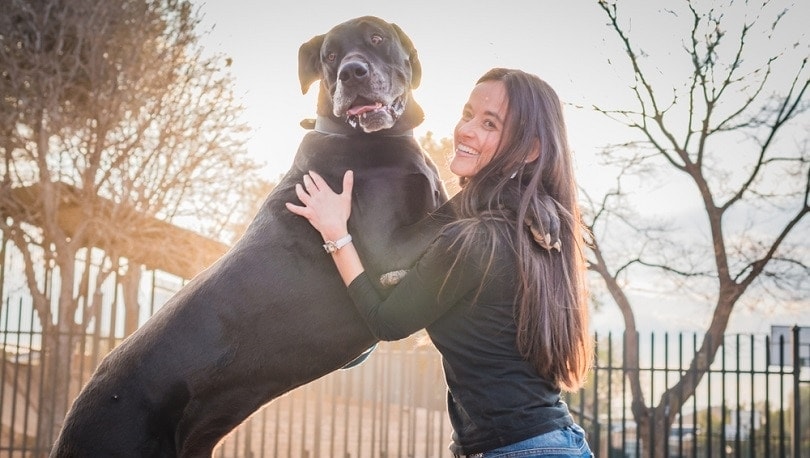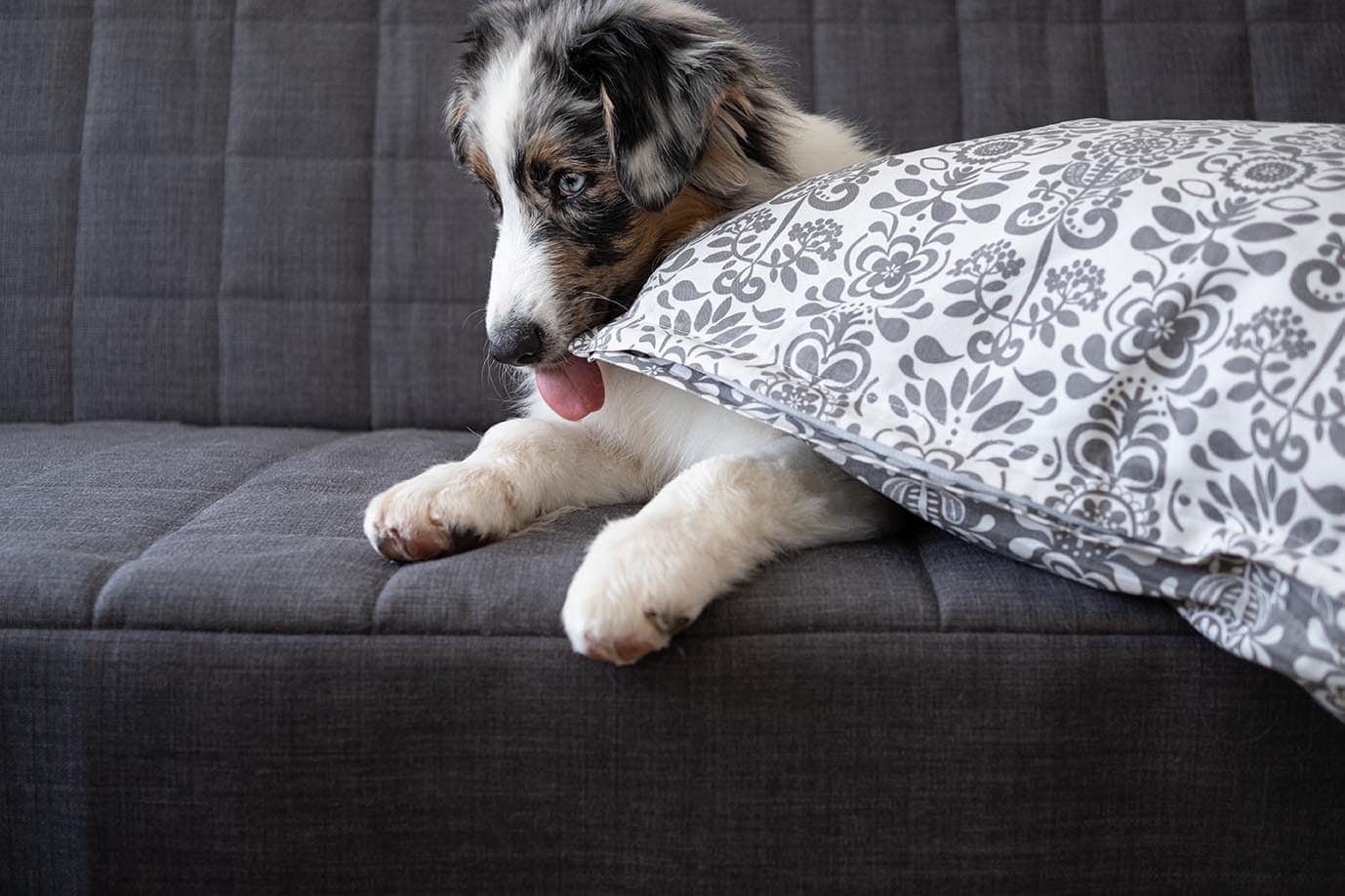Crate Training a Dog With Separation Anxiety: 11 Crucial & Vet-Approved Tips

Updated on
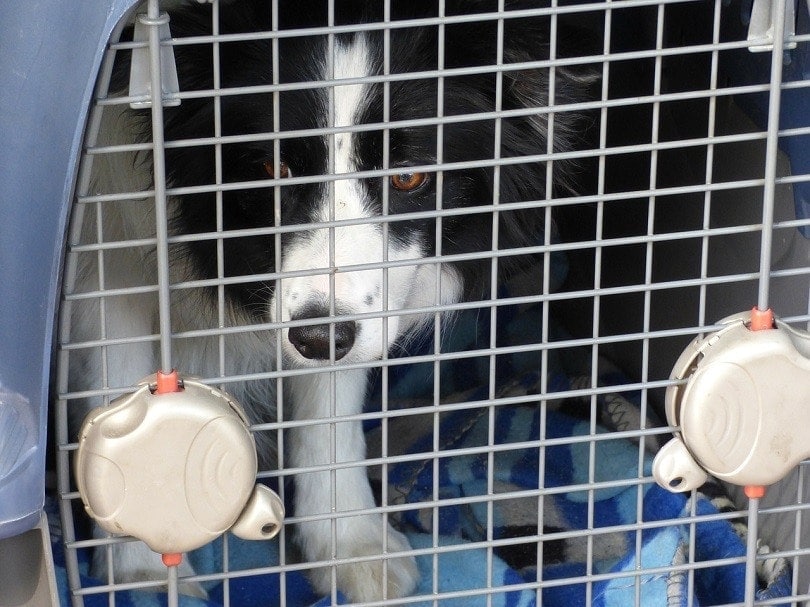
Owning a dog is one of the most joyous experiences imaginable. There’s nothing quite like basking in the lavish, unconditional love that your pooch can offer.
It’s only natural, then, that you should feel heartbroken every time you see or hear them suffering — and one of the biggest causes of canine suffering comes in the form of separation anxiety.
If your dog loses their mind every time you leave them alone — this can be expressed by crying, barking, destroying things, using the bathroom inside, etc. — it’s likely they’re suffering from separation anxiety. One of the best ways to control that is by successfully crate training them, but the process can be gut wrenching, as it’s full of cries, whines, and howls.
In the guide below, we’ll share our best tips for making the process as painless as possible for both of you, so you can finally leave separation anxiety behind for good.
The 11 Crate Training Tips for Dogs With Separation Anxiety
1. Consult Your Veterinarian
Some dogs are just naturally more high-strung than others. Dogs who were abused or neglected as puppies often have the strongest separation anxiety, and sometimes all the training and toys in the world won’t do the trick. Dogs who were adopted during the covid-19 pandemic are more prone to separation anxiety because they may be more accustomed to your presence around the house all the time. In addition, several medical conditions may lead to separation anxiety in dogs.
Therefore, before attempting any form of training for your pup to help them deal with their separation anxiety, it is very important to have them looked at by your vet to ensure that they are in good health and that the cause of their anxiety isn’t an underlying health issue. Your vet may prescribe medication for your dog’s anxiety, if warranted. They may also prescribe pheromones or recommend training programs or direct you to a professional trainer if they feel your dog needs extensive assistance.

2. No Matter What, Don’t Punish Your Dog
It’s definitely frustrating to come home to a stain on the carpet or a destroyed pillow, but it’s important not to scold or punish your dog for these behaviors. For one thing, they won’t make the connection between the punishment and a behavior that has long since finished, and being punished by the one they love is likely to ramp their anxiety up even more.
So, keep your composure and practice a little empathy. Remember, they’re upset because they miss you, and the last thing you want is to punish them for that.
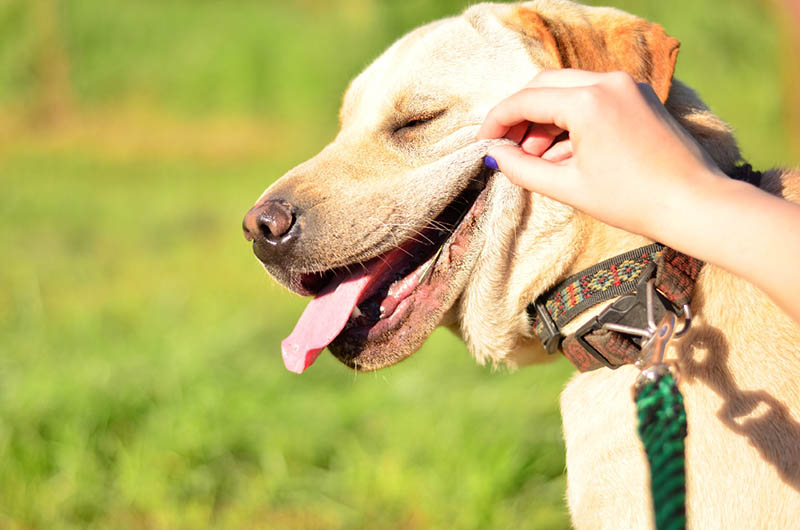
3. Exercise Is Your Best Friend
Just like us, almost all dogs experience anxiety at various times throughout their lives. Isolated bouts of anxiety usually aren’t a cause for major concern, prolonged bouts of anxiety may manifest into other issues, such as separation anxiety. Dogs suffering from such issues may resort to actions like howling, chewing up furniture, or even start gnawing on themselves.
A good way to deal with this is to get rid of as much of that energy as possible. Take your dog for a long walk, engage in a vigorous round of fetch, or do whatever you need to do to tucker out your pup.
If your dog is good and exhausted by the time you leave, there’s a much better chance that they’ll just curl up and nap instead of freaking out.

4. Make the Crate Inviting
If you just toss an old, wadded-up sheet on the floor of the crate, then your dog probably won’t want to spend any time inside it. You need to make their little hideaway as cozy and comfortable as you possibly can.
Buying a good crate mat is the best place to start. This gives your dog a snug place to lie down, which increases the chances they’ll nod off instead of turning destructive.
5. Give Them Something to Do
If you leave your dog alone without any entertainment, it’s no surprise that they’d decide to make their own. This could mean destroying their mat, trying to find ways to escape, or simply serenading the neighbors for hours at a time.
That’s why you need to give your dog fun toys to play with. Puzzle toys and chew toys are a good bet, as they last a long time and provide mental and physical stimulation. Another good idea is to fill a KONG toy with peanut butter and freeze it; it should take hours for your dog to lick all that peanut butter out.
You should switch the toys out frequently to stave off boredom, and you should have a separate stash of toys that are only for use in the crate. This makes them high-value, and the prospect of playing with them makes staying in the crate a much more attractive proposition.
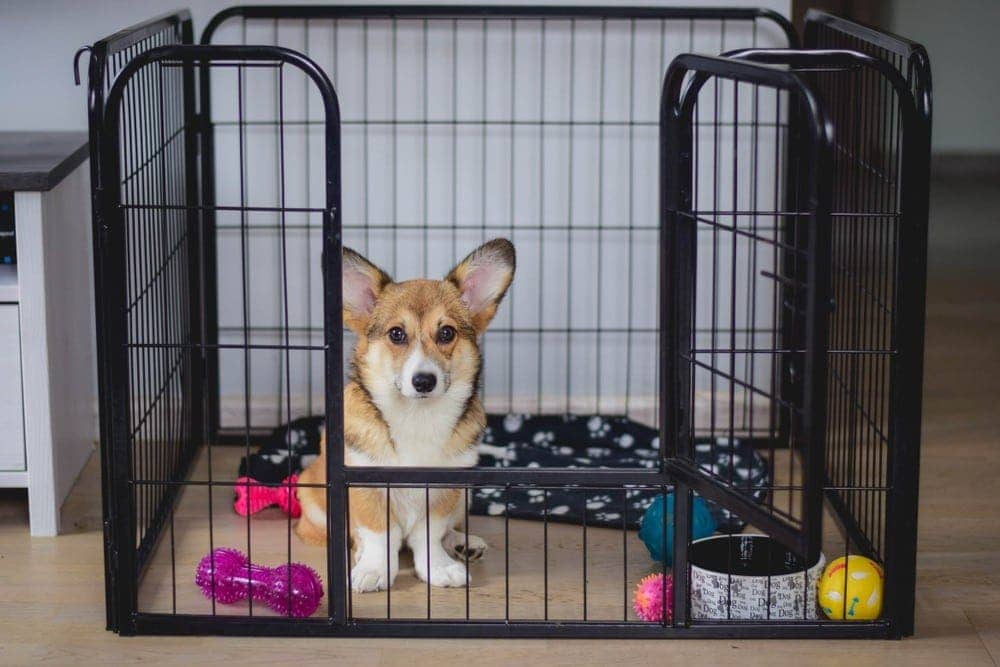
6. Train Them to Expect Your Departure and Arrival
Part of the reason that dogs grow so fearful after you leave is that they don’t understand you’ll be back. To them, you may be gone forever every time you walk out the door.
To dispel them of this notion, establish a command that lets them know you’re leaving, as well as a companion command that you use upon your return. This can be anything; something as simple as “I’ll be right back!” and “I’m home!” works just fine.
Once they know that the first command is part of a pair of commands, they’ll spend more time awaiting the second order than freaking out about the prospect that you’re never coming home again.
7. Don’t Make a Big Deal Out of Arrivals and Departures
The command you use above should be spoken calmly and plainly; you don’t want these instructions to hype your dog up. Entering and leaving the home should be as nonchalant as possible.
The hard part about this is not greeting your dog with enthusiasm when you walk in the door — after all, you’re as excited to see them as they are to see you. By making a big deal out of it, though, you establish it as something different — as if you never expected to see them again when you left and that it’s a miracle you returned at all.
That’s why you should ignore them for a few minutes when you get home before you start to calmly pet them. This proves that your comings and goings aren’t worth getting worked up about. As a bonus, it will teach them to greet visitors politely.
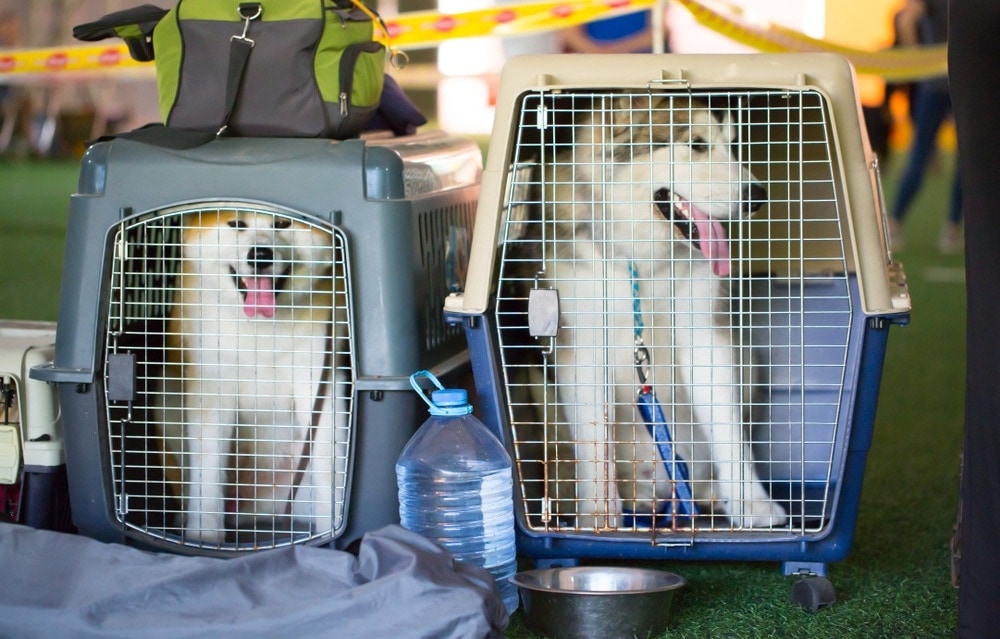
8. Use Gradual Desensitization
If you have the time to commit to it, gradual desensitization is one of the best methods for curing separation anxiety. The idea is to figure out how long it takes for your dog to lose their minds after you leave, and then slowly extend that time period until it doesn’t exist at all.
To do this, you’ll likely need a pet camera and a stopwatch. The first time you do this, you’ll leave the house while monitoring your dog on the camera; time them from the moment you step out until the moment you start seeing signs of anxiety to when they eventually calm down (if ever). However long it takes is their separation threshold.
From that point on, try to extend the amount of time you’re gone in little increments. You want to make them wait a little longer, but not so long that the separation anxiety sets in.
This method takes a great deal of time and patience, but it’s one of the best possible ways of overcoming separation anxiety.
9. Manage Your Departure Cues
There are likely certain actions you take before leaving that spark your dog’s anxiety. These could be grabbing your keys, putting on your shoes, or opening the door.
As part of the desensitization training, you can incorporate a few of these departure cues to try to rob them of their power. Your dog needs to learn that it’s not the end of the world if you grab your briefcase.
Only work on one departure cue at a time. This prevents your dog from becoming overwhelmed while also giving you a clear idea of which cues upset them the most.
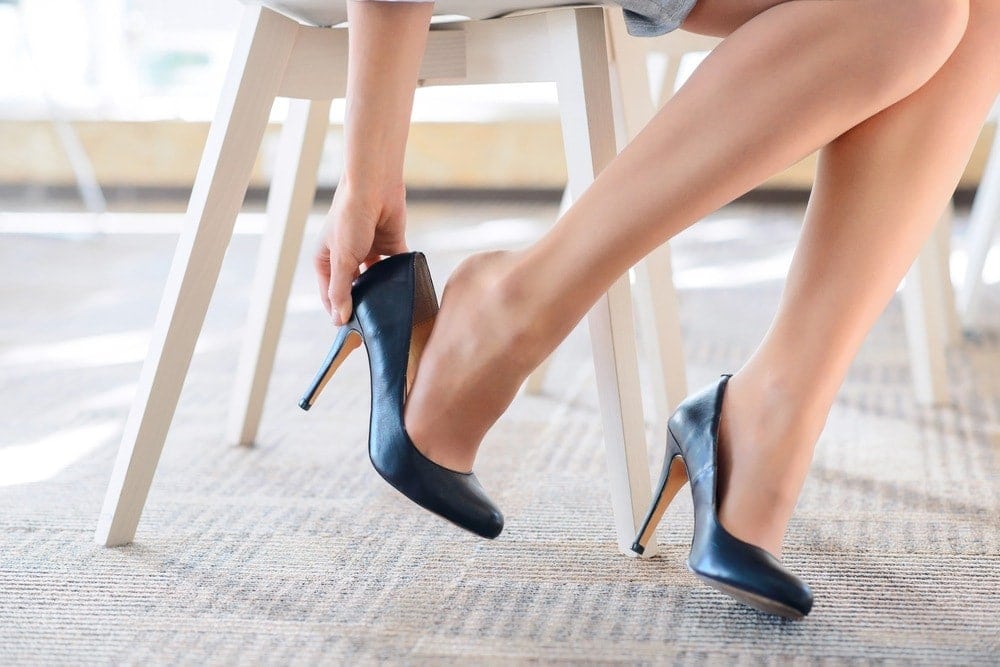
10. Vary the Training
You don’t want to do your training at the same time every day, or else your dog will learn that their new skills only apply to that given time. If you vary up the training times, the dog will be able to apply the lessons more universally.
Likewise, if there’s more than one person in the house, make sure everyone takes a turn doing training. If only one person does it, then the dog will think that it’s only okay if that person leaves but will panic every time another family member walks out the door.
11. Consider Calling in Outside Help
If you absolutely have to leave your dog home alone for hours at a time, it may be worthwhile to hire a dog walker or look into a doggy daycare service. You may also need the services of a professional dog trainer if your dog’s problem seems to not be resolving.
That way, your dog will get much-needed interaction and exercise, and they won’t feel like they’re being abandoned every time you walk out the door.
This option is expensive but it may be your best bet. Plus, if your dog is already tuckered out when you get home, it may just allow you to get some R&R after work.
Crate Training: Don’t Lose Hope
If you’re consistent and empathetic with your application of the solutions above, you should have your dog’s anxiety under control in no time.
There’s nothing worse than a sad dog, but the strategies shown here will help you teach your pet how to stay calm and confident, no matter what happens.
Featured Image Credit: Tomasz_Mikolajczyk, Pixabay



